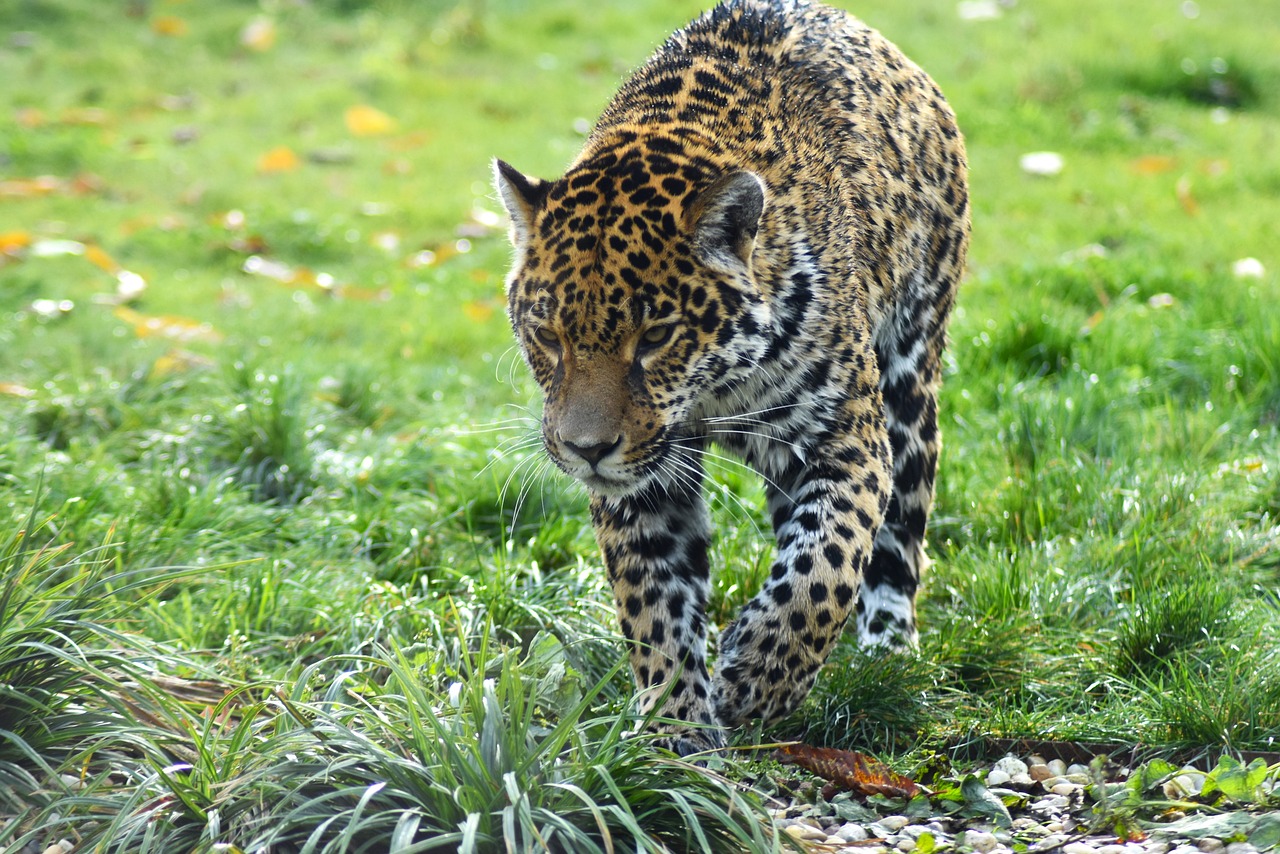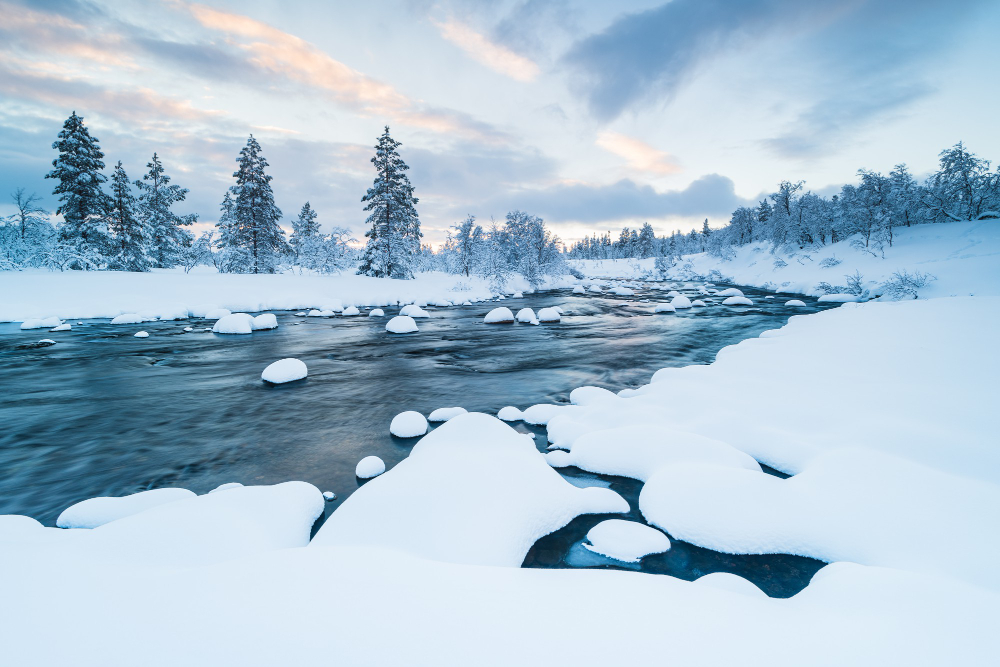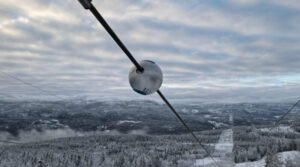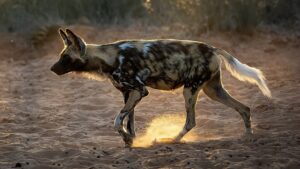Bird migration is one of nature’s most awe-inspiring phenomena, showcasing the incredible endurance, navigational skills, and adaptability of these feathered travelers. Every year, countless birds embark on long journeys across continents and oceans, driven by an ancient, instinctual call. But why do birds migrate, and which species are known for their migratory habits? Let’s delve into the wonders of bird migration.
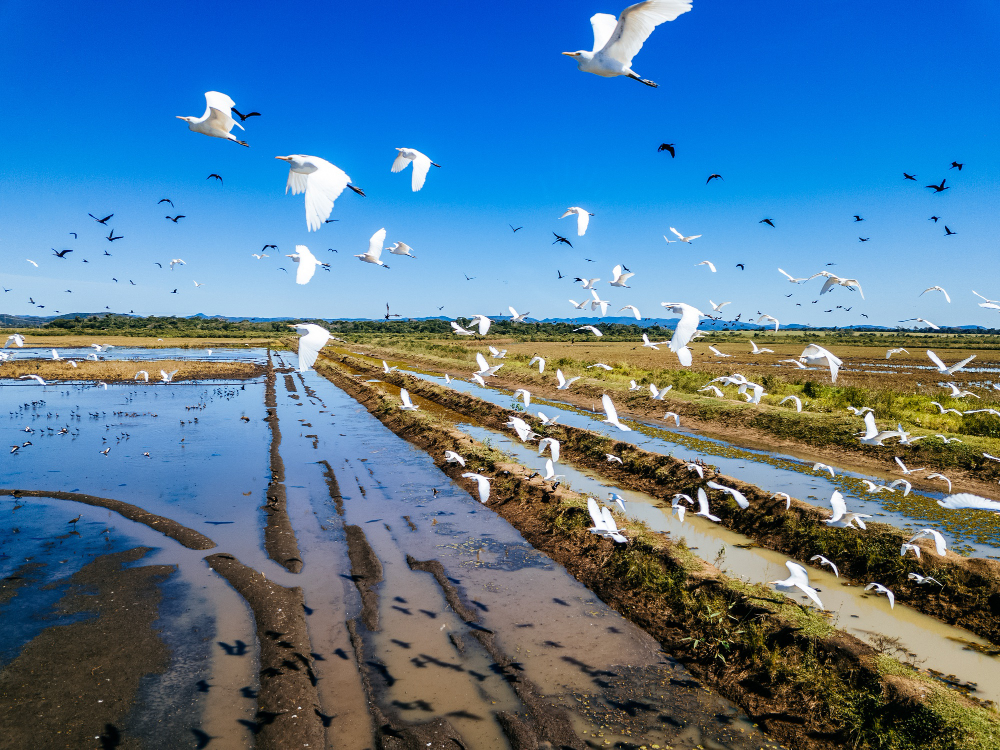 Pin
Pin Image by wirestock on Freepik
Table of Contents
The Whys of Winged Wonders: The Reasons Behind Bird Migration
Seasonal Food Availability
The quest for food is a significant driver behind migration. Many birds travel to areas where food is abundant during certain seasons and return as seasons change.
- Essential Driver of Migration: The quest for food significantly influences why birds migrate. As seasons change, the availability of food sources shifts, prompting birds to move.
- Seasonal Abundance: Certain areas become rich in food resources during specific seasons. This abundance attracts birds from different regions, seeking nourishment.
- Return Movement: After the peak season, when food resources begin to dwindle, birds return to their original habitats or move to new areas where the next season promises ample food.
- Species Variation: Not all bird species migrate for the same reasons or at the same time. The type of food available (such as insects, seeds, or fruits) and its seasonal pattern influence migration schedules.
- Climate and Geography Impact: Climate change and shifts in geographical features can alter the traditional food sources and migration patterns of birds, sometimes introducing new challenges or opportunities.
- Survival Strategy: Migration for food is a survival strategy. It allows birds to exploit different ecosystems’ resources, ensuring a constant supply throughout the year.
- Ecosystem Dynamics: Bird migrations driven by seasonal food availability also affect the ecosystems they leave and the ones they enter, playing a critical role in pollination, seed dispersal, and the food chain.
This cyclical movement in search of food underscores the intricate connections between species and their environments, showcasing the adaptability and resilience of bird populations.
Breeding Grounds
Birds often migrate to take advantage of optimal breeding conditions. Areas with fewer predators, suitable climates, and ample food supply make for ideal nesting sites.
- Climate and Weather Patterns: Seasonal changes and extreme weather conditions can make habitats less hospitable, prompting birds to migrate to more favorable environments.
- Daylight Hours: The length of daylight affects many birds’ breeding cycles and food availability, influencing their migration patterns.
The Astonishing Migratory Journeys of Birds and their Varied Adaptations
Birds’ types of migration vary greatly in distance, timing, and reasons, often reflecting the remarkable adaptability of these creatures.
Here are the main types of bird migration:
- Complete Migration: This involves bird populations moving from their breeding areas to entirely different wintering grounds. Complete migrants leave their habitats as seasons change and return when conditions become favorable again. Classic examples include many species of warblers and the Arctic Tern, which has the longest migration of any bird, traveling between its breeding grounds in the Arctic and its wintering grounds in the Antarctic.
- Partial Migration: In partial migration, only a portion of the population migrates, while the rest remain in their habitat year-round. Factors influencing partial migration can include the age, sex, and health of birds. The American Robin is an example; some individuals migrate southwards, while others stay in milder climates closer to their breeding areas.
- Differential Migration: This occurs when different segments of the same species migrate different distances. This type of migration is often seen in birds like the Dark-eyed Junco, where females (being slightly less dominant) migrate further south than males to escape the cold and find sufficient food.
- Irruptive Migration: Not strictly seasonal, irruptive migration happens in response to food availability. Birds that normally stay in the same area year-round will migrate if their food source becomes scarce. The Pine Siskin is known for this behavior, moving out of its breeding range in search of better feeding grounds as needed.
- Altitudinal Migration: This type involves moving up and down mountains rather than traveling long distances north or south. Birds living in mountainous regions may spend summers in high-altitude habitats and move to lower elevations during the winter. The Mountain Chickadee in the North American Rocky Mountains exhibits this behavior.
- Nomadic Migration: Lastly, nomadic migration refers to unpredictable movements not tied to any seasonal pattern but rather to the availability of food and water. Birds such as some parrot species and certain arid-land finches move nomadically, wandering rather than engaging in predictable back-and-forth migrations.
Understanding these migration patterns contributes to our knowledge of bird ecology, aiding in conservation efforts and providing insight into the complexities of nature’s rhythms.
The Birds That Embrace Migration
Migration is a trait observed in various bird species, each with unique patterns and distances covered. Among the marvels are:
1. Arctic Terns
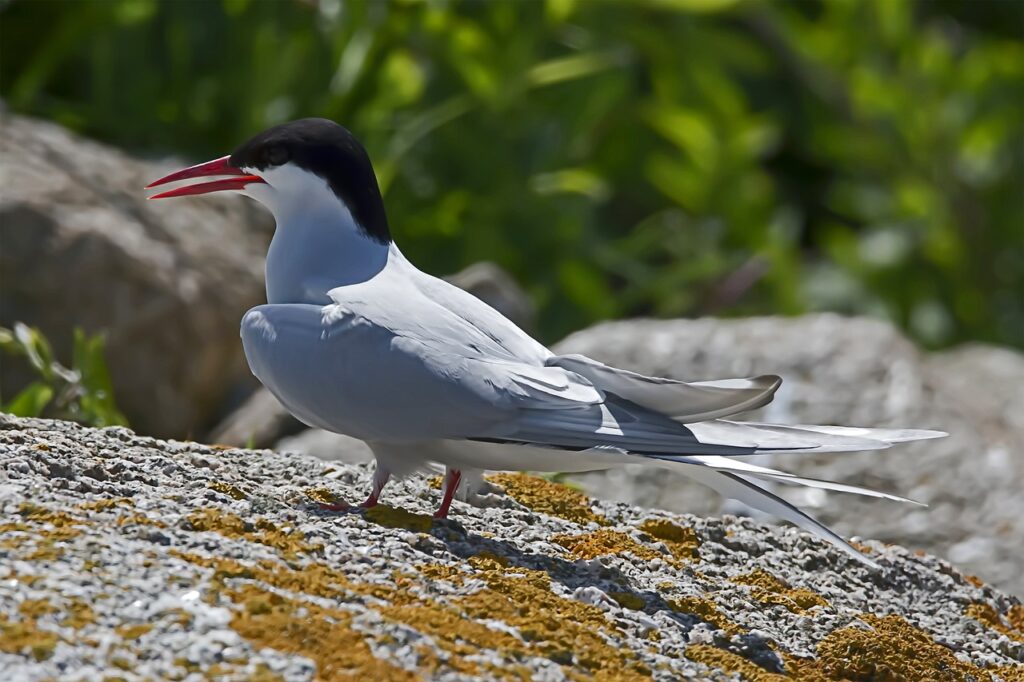 Pin
Pin Image by Hans Toom from Pixabay
Renowned for the longest migration journey of any animal, Arctic Terns travel from their Arctic breeding grounds to the Antarctic and back each year, covering around 71,000 kilometers (44,000 miles).
2. Bar-tailed Godwits
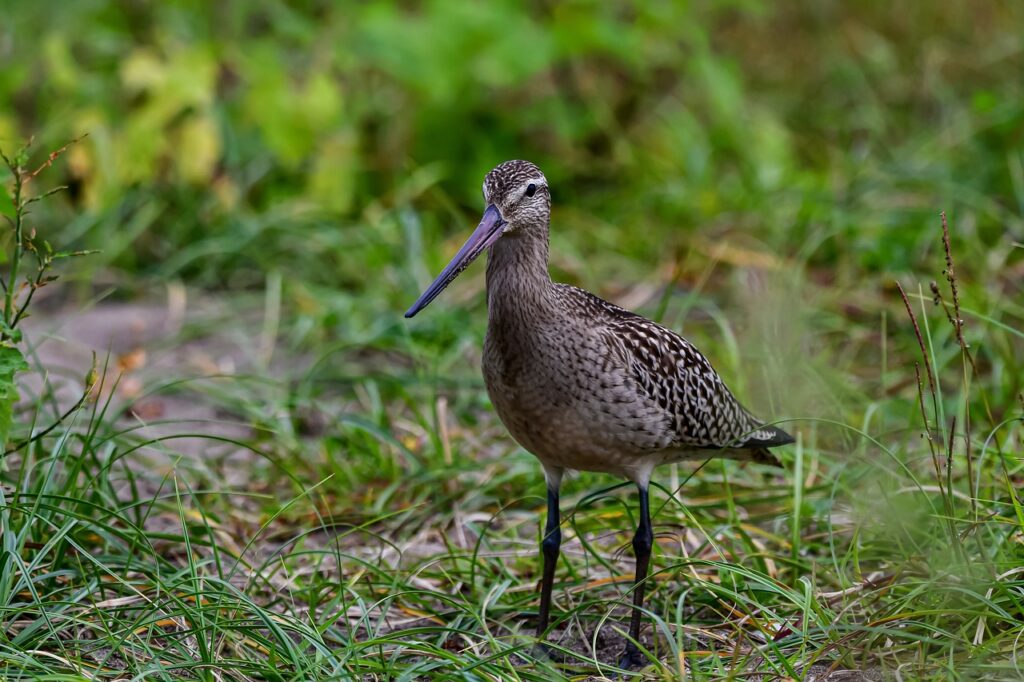 Pin
Pin Image from Pixabay
These birds make one of the most extraordinary non-stop flights, traveling 11,000 kilometers (6,835 miles) from Alaska to New Zealand without pause.
3. Swallows
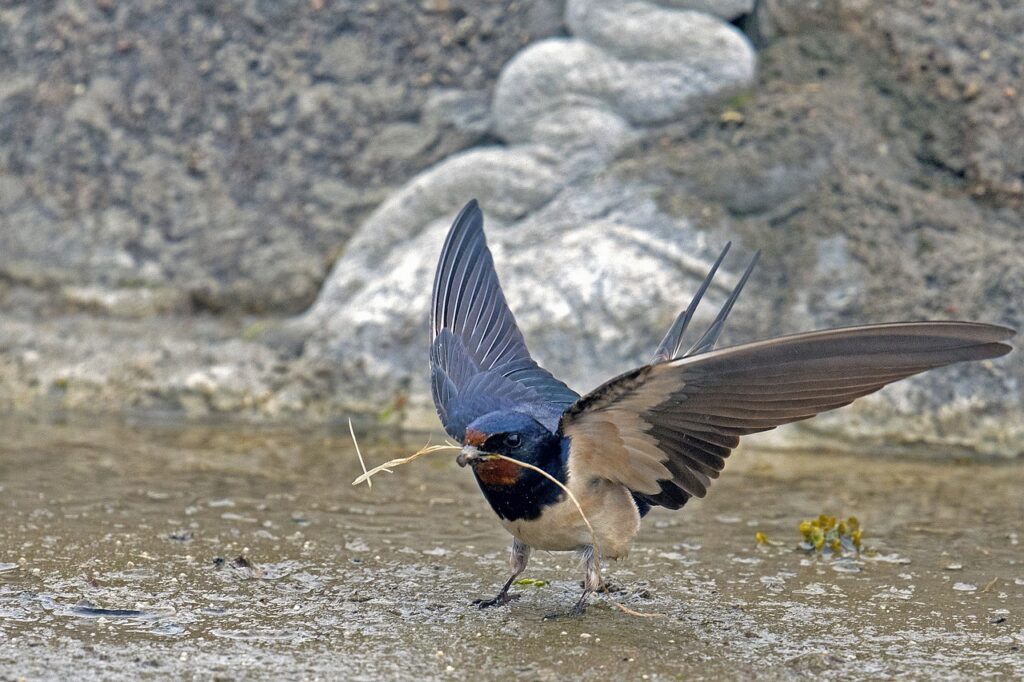 Pin
Pin Image from Pixabay
Swallows migrate from European to African continents, seeking warmer climates during the winter, a journey filled with challenges and perils.
4. Geese and Ducks
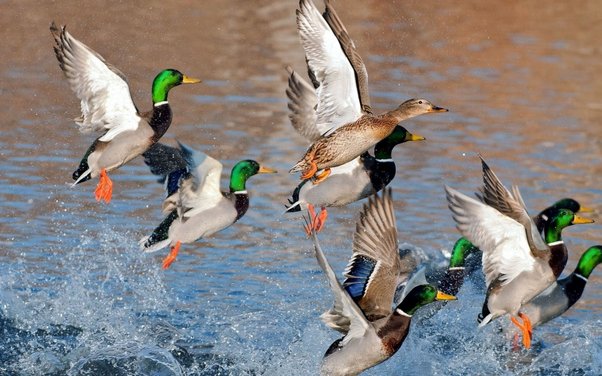 Pin
Pin Known for their V-formation flights, these birds typically migrate from northern breeding areas to warmer southern wintering grounds.
5. Raptors (Birds of Prey)
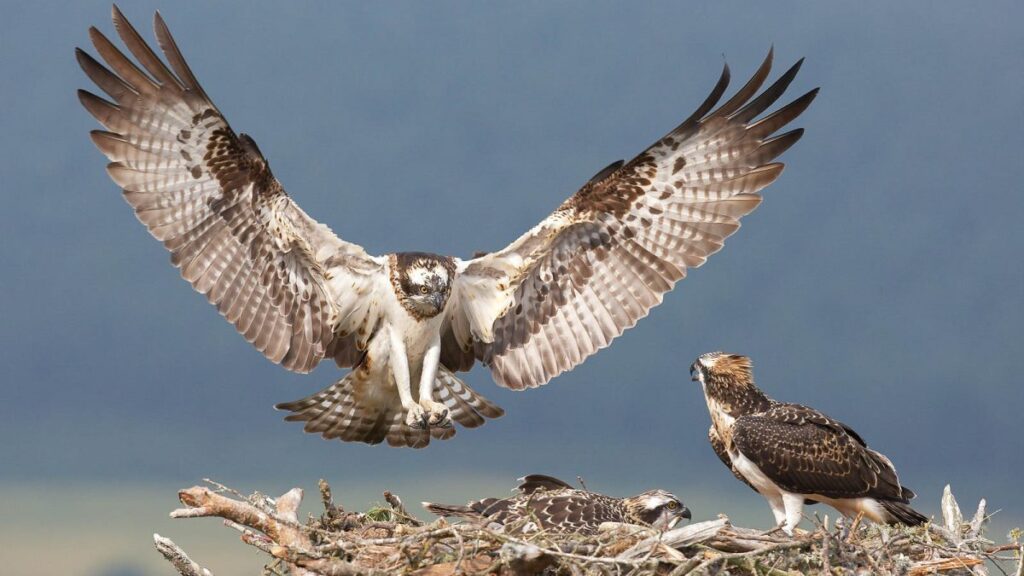 Pin
Pin Image from Nature TTL
Eagles, hawks, and falcons also migrate, often using thermal currents to aid their long-distance journeys.
6. Swainson’s Hawk (Buteo swainsoni)
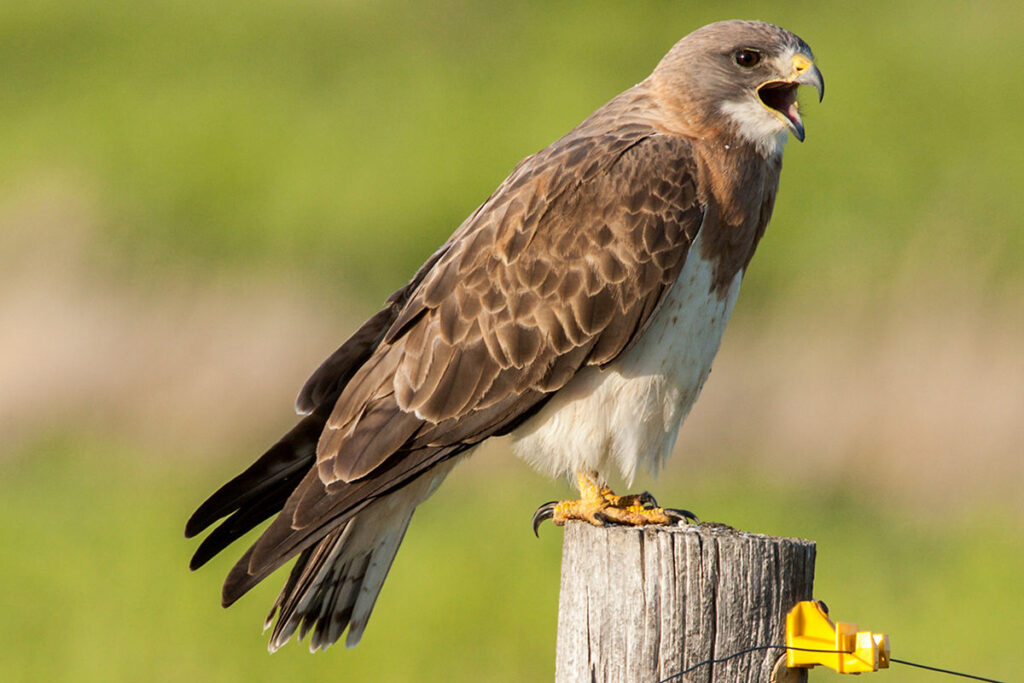 Pin
Pin Image from Illinois Department of Natural Resources
This North American raptor travels to South America for the winter, covering thousands of miles. Their migration is noted for large flocks and significant distances covered.
7. Red Knot (Calidris canutus)
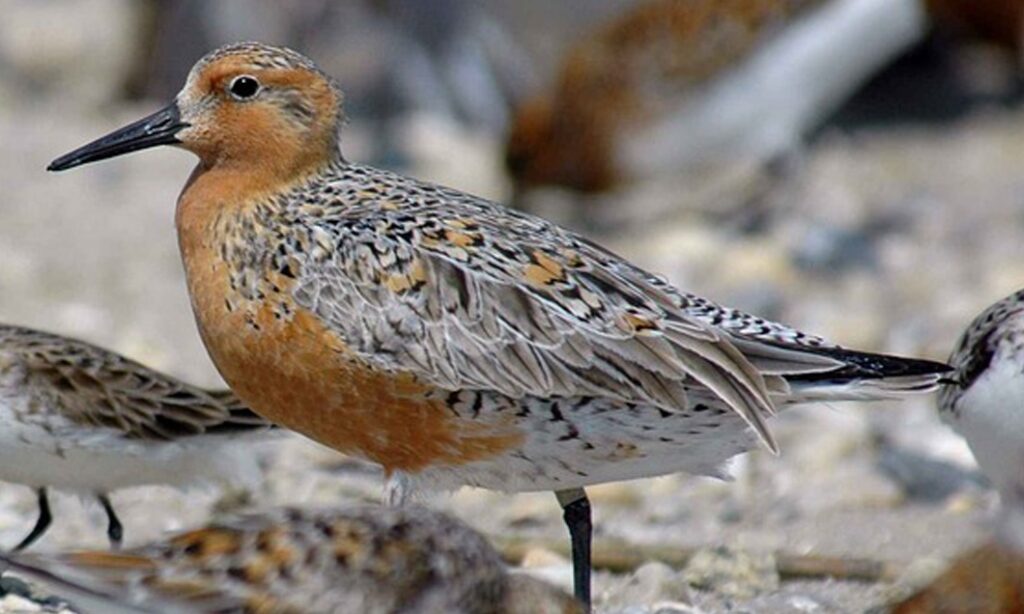 Pin
Pin Image from theredknotsproject.org
With a circumpolar distribution across the Arctic for breeding, the red knot winters in southern parts of North America, South America, Europe, and Africa. The Rufa subspecies is particularly noted for its long-distance migration.
8. Osprey (Pandion haliaetus)
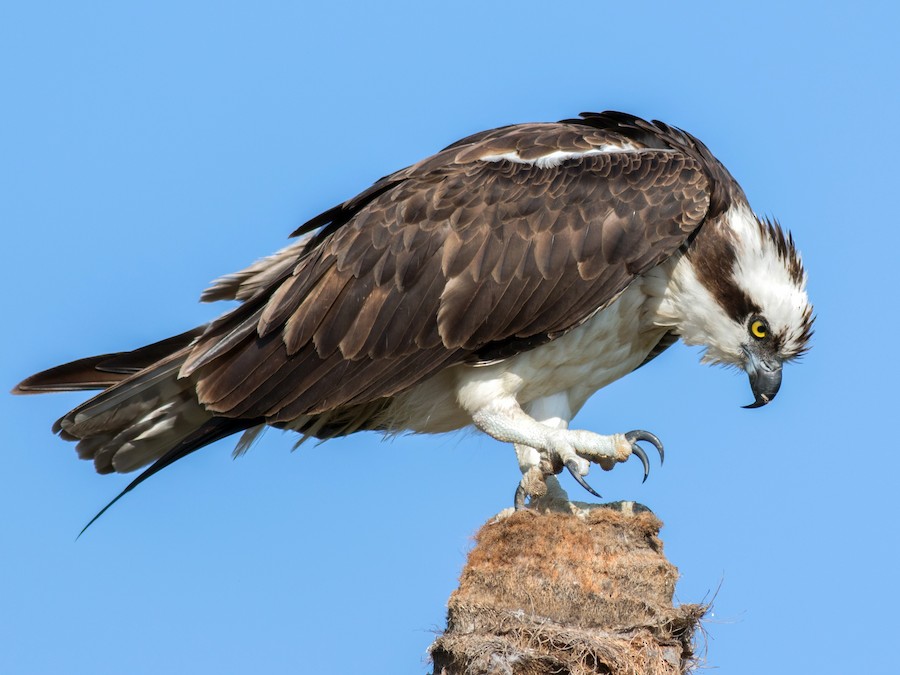 Pin
Pin Image from eBird.org
Ospreys have a worldwide distribution and are long-distance migrants that move from breeding areas in North America and Europe to wintering grounds in South America and Africa.
9. Common Cuckoo (Cuculus canorus)
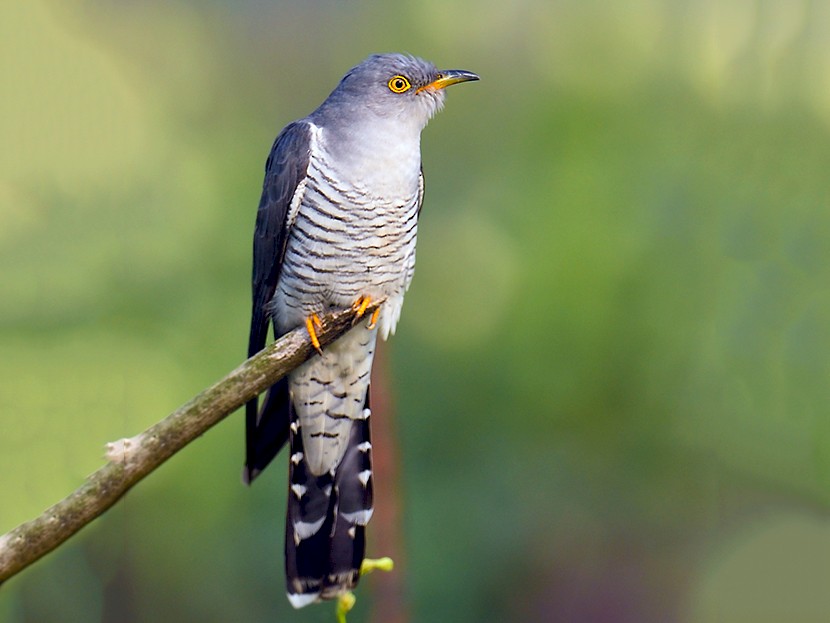 Pin
Pin Image from eBird.org
Known for their parasitic breeding behavior, common cuckoos migrate from Europe and Asia to Africa for the winter, demonstrating significant flying abilities and navigational skills.
The phenomenon of bird migration not only highlights the incredible resilience and determination of these creatures but also underscores the interconnectedness of global ecosystems. Understanding migration is crucial for conserving the habitats these birds rely on throughout their journeys, ensuring their survival for generations to come.
What Triggers Migration?
Have you ever wondered what silently beckons birds to abandon their nests, compelling Arctic caribou to journey across vast frozen landscapes, or propelling whales to traverse oceans?
Migration is not governed by a single factor but rather a complex interplay of environmental signals and biological imperatives. As the planet pirouettes on its axis, shifting seasons orchestrate variations in day length and temperature, signaling to a myriad of creatures that the time for change has arrived. For birds, the heralds of change are especially significant. The decrease in daylight and dip in temperatures whisper to them, urging them on a path laid down by countless generations before. But it’s not just the call of the climate that they heed. Changes in food availability play a crucial role, dictating the timing and necessity of their departure. As food sources in one region begin to dwindle, the promise of abundance elsewhere becomes too enticing to ignore.
Interestingly, this migratory impulse stretches beyond the realm of instinct and environment, intertwining with the genetic fabric of these creatures. This inherent drive ensures that even those held in captivity, far removed from the wild call of their brethren, feel the ancient stirrings deep within their bones.
Cage birds, for instance, display what German behavioral scientists have termed zugunruhe, or migratory restlessness, flapping towards one direction with a fervency that mirrors the anticipation of an impending journey. This restlessness, observed in the spring and fall, bridges the gap between instinct and action, highlighting the deeply ingrained nature of migration.
Variations abound in the animal kingdom, with disparate species and even different groups within the same species embracing unique migratory patterns. This diversity underscores the flexibility and adaptability of migratory behavior, molded by evolutionary pressures and environmental necessities.
So, what triggers migration? It’s a symphony of environmental cues, genetic predispositions, and the timeless rhythms of the earth itself, all conspiring to initiate one of nature’s most remarkable voyages. Each creature, from the tiniest bird to the majesty of the whale, plays its part in this grand movement, driven by unseen forces that pulse through the very heart of life on our planet.





